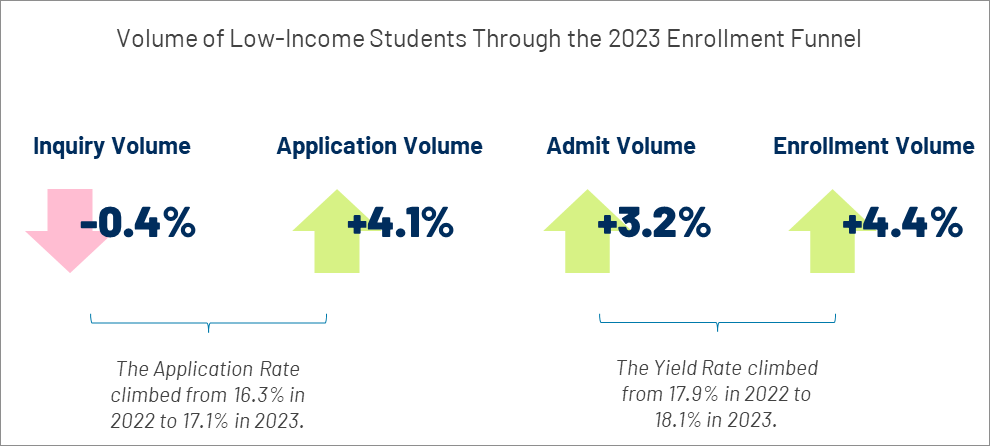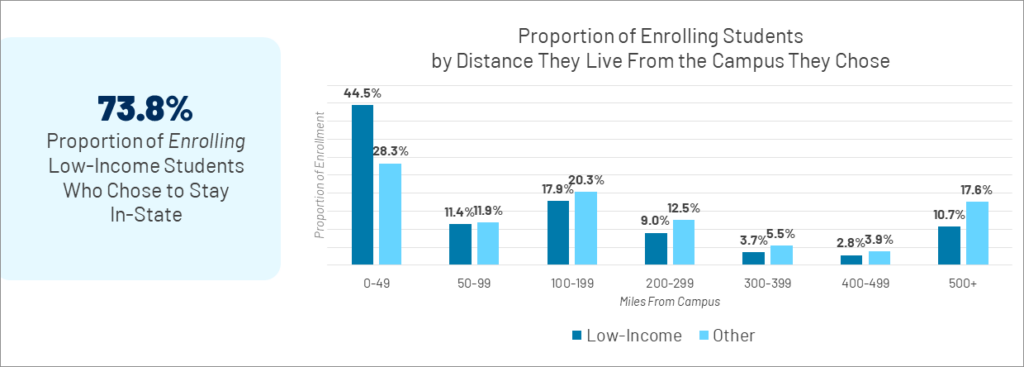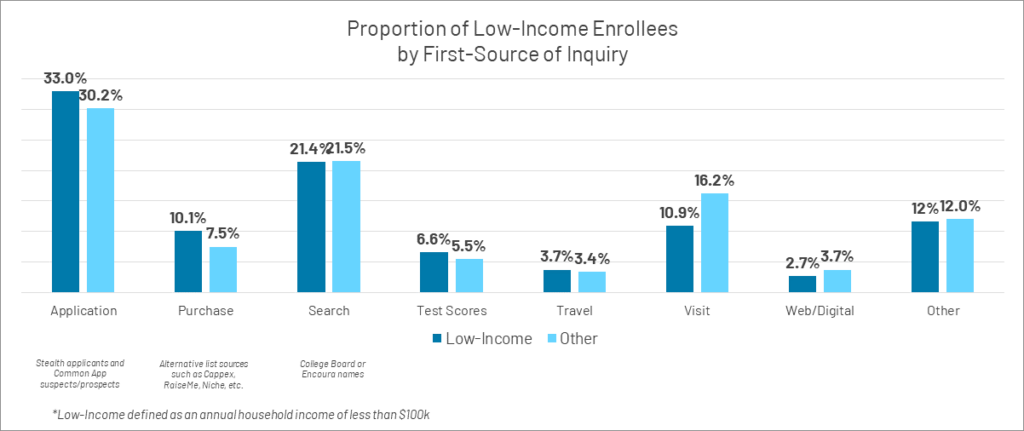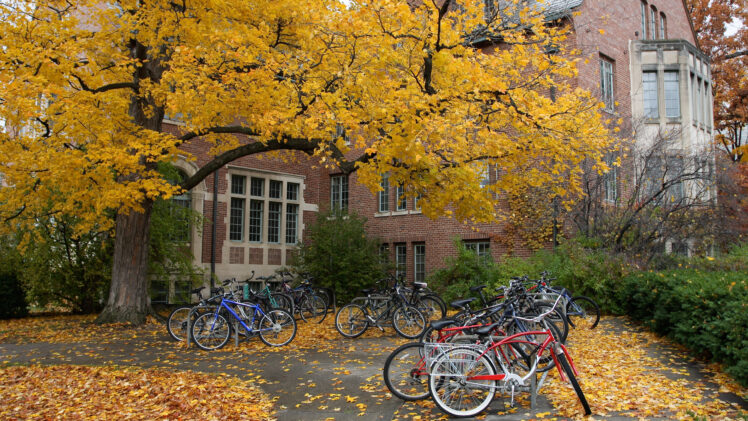Many of our partners have a goal of increasing socioeconomic diversity and enrolling more low-income students. MARKETview is helping them to achieve success by providing earlier visibility into each individual student’s socioeconomic status as soon as they become an inquiry. This enables earlier and more targeted outreach to promote specific scholarships, encourage FAFSA filing, and better support the students who arguably need it the most.
“MARKETview expands our capacity to be more thoughtful and strategic about new initiatives.”
Dr. Michael Marshall, Vice President for Enrollment, Marketing and Communication, Bellarmine University
Bellarmine University achieved a +63.6% year-over-year increase in enrollment of Pell-eligible students in 2023, marking Bellarmine’s highest percentage on record.
Launched partnership with MARKETview in June 2022
With the 2024 cycle underway, we’re sharing three key insights you should know about the low-income population. For the purposes of this post, we’ve defined “low income” as students coming from a household with an annual income of less than $100,000. The “Other” category represents any student from a household with an annual income of greater than $100,000.
Insight #1 – Dramatic Improvement in Application Rate of Low-Income Students in 2023
While inquiries were flat last cycle, Application, Admit and ultimate Enrollment volume of low-income students increased.
Application volume from low-income students was up 4.1% compared to application volume from other students, which was up 7.4%. However, the big story was the 0.8 percentage point rise in application rate among low-income students.
Yield also increased from 17.9% to 18.1% from 2022 to 2023.

Insight #2 – Low-Income Students Stayed Closer to Home
The MARKETview data shows 73.8% of low-income students choose to stay in-state, so it’s no surprise that a greater proportion (44.5%) of low-income students than those from other income bands (28.3%) opt to enroll at a campus within 50 miles of home. If you’re looking to grow this population, you may need to look no further than your own backyard.

Insight #3 – One-Third of Low-Income Students First Engage with the Application Itself
When we compare low-income students to other students, there are only marginal differences in the channels they are using to engage with colleges and universities.
For example, a slightly higher proportion of low-income students (33.0%) than other students (30.2%) don’t show up in the inquiry pool until they begin filling out an application, making it more difficult to build meaningful relationships with these lower-income students and families.
The biggest differences in how these students are sourced are that a greater proportion of low-income students are surfaced by alternative list sources such as RaiseMe and Niche and a much smaller proportion first engage by visiting campus.

Many changes are afoot, including implications from the Supreme Court’s ruling on affirmative action and the delayed FAFSA, adding to the importance of building a diverse inquiry pool. For our partners looking to increase socio-economic diversity, MARKETview’s proprietary data set and partnership offer a unique ability to identify and engage these students earlier than ever before, leading to improved outcomes.
